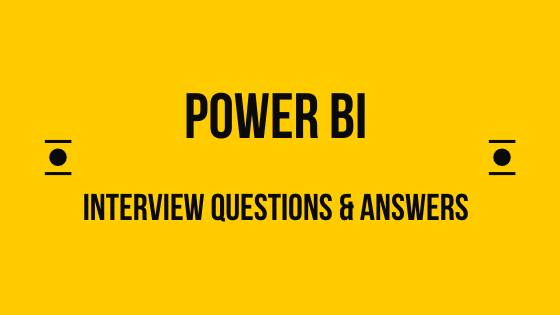Agile Vs Waterfall Comparision Table
Agile and Waterfall are two of the most popular project management methodologies used in the software development industry. Both methodologies have their own unique strengths and weaknesses, and the choice between the two often depends on the specific needs of a project. In this blog, we’ll compare Agile and Waterfall methodologies using a comparison table and provide examples of each in action.
Agile Methodology
Agile is a flexible and iterative approach to project management that emphasizes collaboration, feedback, and continuous improvement. It involves breaking down a project into smaller sprints and delivering working pieces of software that can be tested and reviewed by the customer. Agile teams prioritize working software over comprehensive documentation and incorporate feedback from the customer throughout the development process. Agile is best suited for projects that require flexibility and adaptability.
Waterfall Methodology
Waterfall is a rigid and linear approach to project management that emphasizes comprehensive documentation and following a plan. It follows a sequential process that starts with planning and design, then moves on to development and testing, and finally finishes with implementation and maintenance. Waterfall teams prioritize comprehensive documentation over working software and follow a well-defined scope and timeline. Waterfall is best suited for projects with a well-defined scope and timeline.
http://informationarray.com/2023/07/22/agile-vs-waterfall/
Comparison Table
| Agile Methodology | Waterfall Methodology |
| Flexible and iterative approach | Rigid and linear approach |
| Emphasizes collaboration, feedback, and continuous improvement | Emphasizes comprehensive documentation and following a plan |
| Splits development into small sprints | Follows a linear and sequential process |
| Prioritizes working software over comprehensive documentation | Prioritizes comprehensive documentation over working software |
| Allows for frequent changes and adjustments | Requires a well-defined scope and timeline |
| Customer-centric approach | Development-centric approach |
Examples
Agile Methodology
An Agile team working on a software development project breaks the project down into sprints, with each sprint delivering a working piece of software that can be tested and reviewed by the customer. The team collaborates with the customer throughout the project to incorporate feedback and make changes as necessary. For example, a mobile app development team may use Agile methodology to create a new feature for their app, allowing them to deliver a working prototype to the customer in a short amount of time.
Waterfall Methodology
A Waterfall team working on a construction project follows a linear and sequential process, starting with planning and design, then moving on to construction and installation, and finally finishing with testing and commissioning. The team follows a well-defined plan and timeline, with each phase being completed before moving on to the next one. For example, a team building a new highway may use Waterfall methodology to ensure that all design and planning is completed before construction begins, reducing the risk of costly mistakes.
In conclusion, both Agile and Waterfall methodologies have their own strengths and weaknesses. The choice between the two depends on the specific needs and requirements of a project. Agile is best suited for projects that require flexibility and adaptability, while Waterfall is best suited for projects with a well-defined scope and timeline. By comparing the two methodologies using a comparison table, it becomes easier to determine which methodology is best suited for your project.









